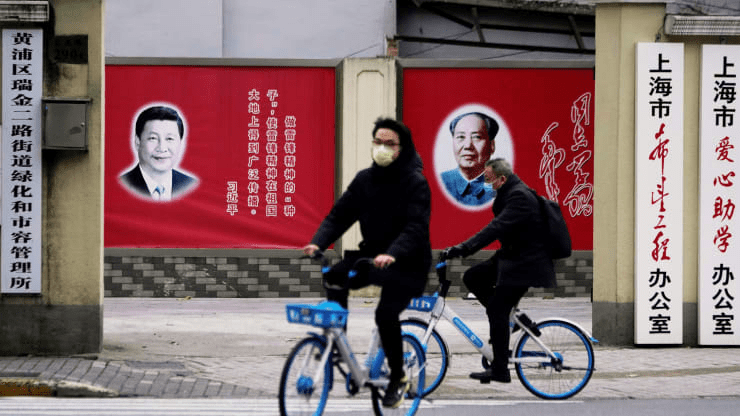China will become the world’s largest economy in the next few years
October 26, 2020 @ 14:34 +03:00
Chinese President Xi Jinping is about to deepen his mark on what could soon be the world’s largest economy. The central committee of China’s ruling Communist Party, led by Xi, is set to meet in Beijing from Oct. 26 to 29 to discuss a proposal for national development for the next five years — from 2021 to 2025.
The government sets these economic and social priorities every five years — this year’s discussion is the 14th such plan. With the global turbulence caused by the coronavirus pandemic and rising U.S.-China tensions, the meeting will be launched at a particularly critical time for the Asian nation. Economists predict the country will firmly become the world’s largest economy in the next few years.
For Xi, the next half decade and beyond builds on eight years in which he abolished term limits and consolidated political power. One of the key milestones ahead is the 100th anniversary of the Chinese Communist Party in 2021 — authorities have pledged to build a “moderately prosperous society” by next year. Then in 2022, the 20th Congress of the Chinese Communist Party will shed light on Xi’s future leadership plans.
There are many more dates ahead that the authoritarian government has named for development goals. They include the “Made in China 2025” plan to dominate in high-tech and key manufacturing areas, and “China Standards 2035” for global specifications on leading technology. The final text of the upcoming five-year plan is due for release next year at the National People’s Congress typically held in March.
The uncertainty of whether Chinese tech firms can continue to collaborate with U.S. companies is accelerating Beijing’s efforts to ensure future technological prowess. In a speech earlier this month, Xi talked up support for quantum mechanics, which can drive the development of supercomputers which have processing abilities that far exceed current systems.
With national security in mind, Yue Su, principal economist at The Economist Intelligence Unit (EIU), expects the five-year pla\n to stress support for technology such as semiconductors. She also anticipates the plan will discuss building resilience in energy security rather than relying on petroleum imports, and ensuring food security in the face of trade tensions with agriculture-producing countries and a shortage in pork, a staple in Chinese households.
From a social perspective, Su expects China to find more ways to boost consumption, including abolishing limits on the number of children families can have. China’s economic growth has slowed in the last few years, amid concerns about fast-paced growth fueled by debt. Under the 13th five-year plan, which outlined the government priorities from 2016 to 2020, China moved incrementally to relying more on consumption for growth rather than exports.
In the last several months, public officials have talked up a new phrase that is expected to underpin the plan for the next five years, a concept they refer to as “dual circulation.” It is broadly split into two parts: “internal circulation” focused on growing China’s domestic market, and “external circulation” — or trade with other countries.
China’s top leaders meet this week to plan for the next five years. Here’s what to expect, CNBC, Oct 26








